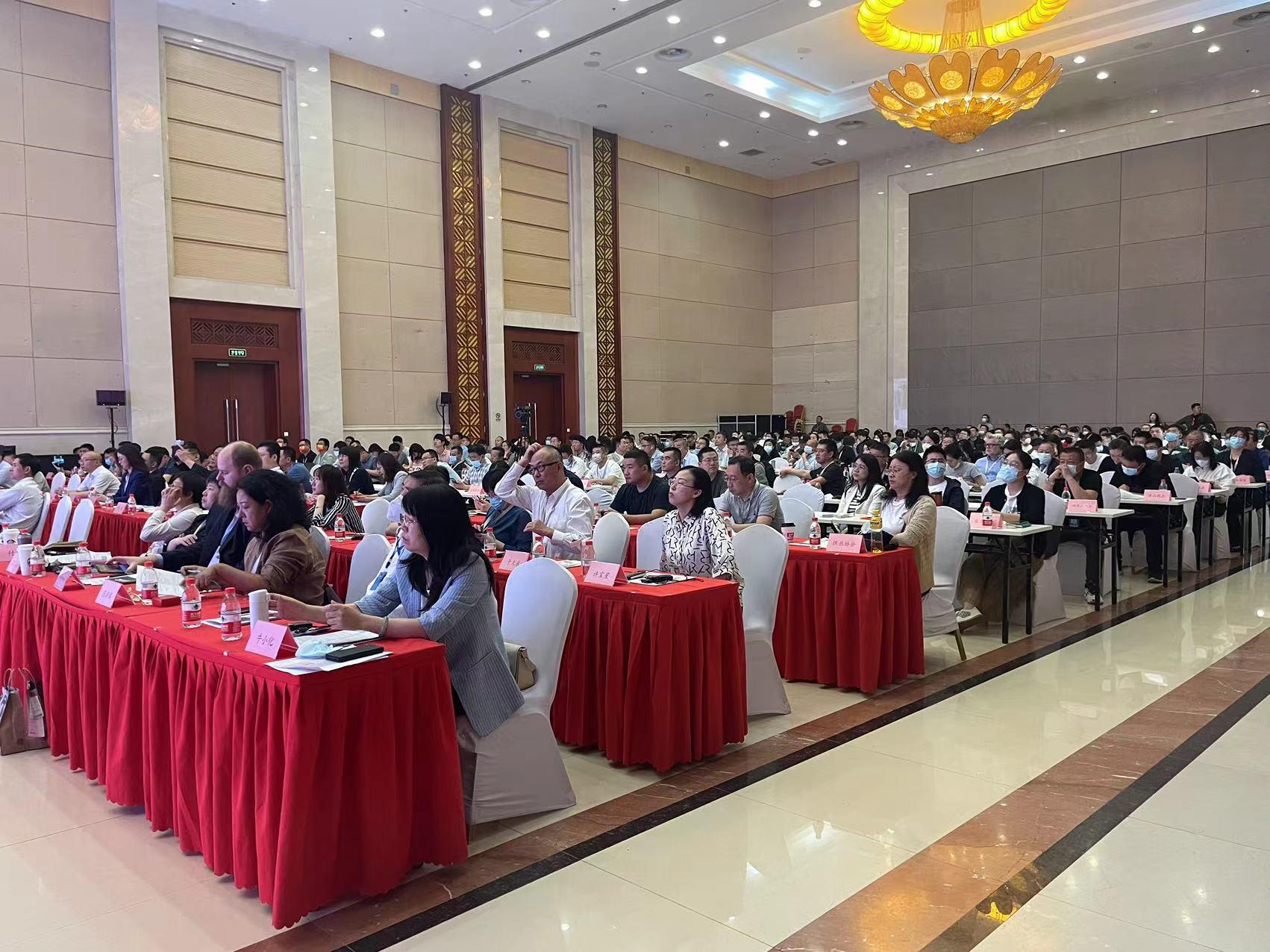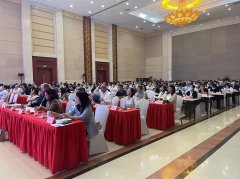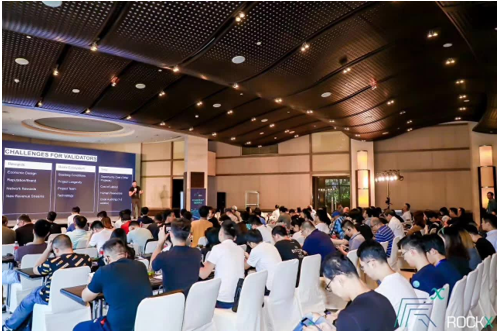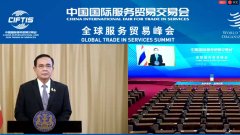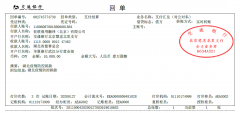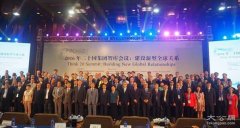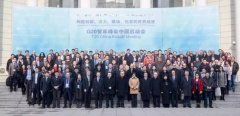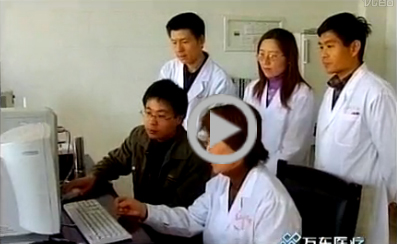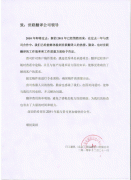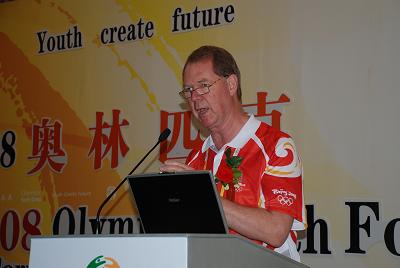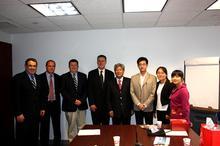翻译的基本原则!
时间:2022-08-10 11:00 来源:未知 作者:youhuayuan 点击:次
翻译逐渐在经济、社会、文化、政治等地方有着重要的应用,翻译要遵循译语的语言习惯、切合原文的语体语域和信守原文的内容意旨,世联翻译公司给大家分享翻译的基本原则是什么? Translation is gradually playing an important role in economy, society, culture, politics and other places. Translation should follow the language habits of the target language, conform to the style and register of the original text and abide by the content and intention of the original text. What are the basic principles of translation shared by World Union translation company? 一、信守原文的内容意旨1、 Abide by the content and intention of the original text信守原文的内容意旨,就是忠于原文内容的意旨。如果只是字面理解“忠实”的含义,可可能就意味着把一个客观存在的对象完完全全、不多不少的再现。而这里的“忠实”却是一个非常主观的概念,因其缺乏客观的定义或标准而缺乏可操作性。 To abide by the content of the original text is to be loyal to the content of the original text. If we only understand the meaning of "loyalty" literally, kekeneng means the complete, no more, no less reproduction of an objective object. But "faithfulness" here is a very subjective concept, which lacks operability because of its lack of objective definition or standard. 但是,在翻译实践中,译员可能牺牲极少一部分对于原文内容意旨的“忠实”,这样做往往是为了确保译文中更大部分内容能够“忠实”于原文,仍然是为了做到最大限度的“忠实”。 However, in translation practice, translators may sacrifice a small part of "faithfulness" to the meaning of the original text. This is often to ensure that most of the content in the translation can be "faithful" to the original text, still to achieve the maximum "faithfulness". 我们只有协调好可观标准的“忠实”和主管状态的“忠实”之间的矛盾点使之能够在某种程度上达到统一或者尽量统一,使译文能够基本上达到“信”的层次,也就是基本上表达了原文作者所要表达的旨意。 We can only coordinate the contradiction between "faithfulness" of considerable standard and "faithfulness" of competent state, so that it can be unified to some extent or as far as possible, so that the translation can basically reach the level of "faith", that is, basically express the will of the original author. 二、遵从译语的语言习惯2、 Follow the language habits of the target language遵从译语的语言习惯,也就是译者所翻译的译文的用语习惯是要和原文作者的用语习惯一致或者近似,这是在译者做到“信”的基础之后的一个更高的追求—“达”。 Following the language habits of the target language, that is, the language habits of the translation translated by the translator should be consistent with or similar to the language habits of the original author, which is a higher pursuit after the translator achieves the basis of "faithfulness". 在翻译实践中,翻译的根本任务即在于忠实于原文,译者都不能充当“骗子”,不能想怎么说就怎么说,不能为了表现自己的某种造诣,就抛弃原文而自由发挥。翻译无非就是用不同的语言文字类型表达相同的意义,但是文章的内容风格效果却不能变。 In translation practice, the fundamental task of translation is to be faithful to the original text. The translator can not act as a "liar", say what he wants, and give free play to the original text in order to express his attainments. Translation is nothing more than expressing the same meaning in different language types, but the content, style and effect of the article cannot change. 三、切合原文的语体语域3、 Register of the original text每门语言都各有其不同的语体,而不同的语体之间存在着明显的差异。虽然每门语言的大部分词语适用于各种语体,但是不少词语只用于某些特定的语体,有些词语只见于书面语,有些词语只用于口语。同时,交际身份、交际场合、交际内容以及交际心里不同,遣词造句均会有所不同。就翻译而言,了解并掌握“所译者”和“所以译者”两门语言中口语与书面语、正式语体与非正式语体之间的差异,进而在遣词造句上不仅“合意”而且“合宜”,当受益匪浅。 Each language has its own style, and there are obvious differences between different styles. Although most words in each language are applicable to various styles, many words are only used in some specific styles, some words are only used in written language, and some words are only used in spoken language. At the same time, the choice of words and sentences will be different according to the different communicative identity, communicative occasion, communicative content and communicative heart. As far as translation is concerned, it is beneficial to understand and master the differences between spoken and written language, formal style and informal style in the two languages of "translator" and "so translator", so as to not only "agree" but also "appropriate" in the choice of words and sentences. 翻译的时候,译者必须关注原文及译文遣词造句的“语域”,使译文不仅在语义上“合意”,而且在语用上“合宜”。这就是我们常说的:切合原文的语体语域。切合原文的语体语域也就是在译文中达到第三个境界—“雅”。这个境界是一般译者很难达到的,要求不仅要在忠实原文的基础上,做到遵从原文的用语习惯,更甚是要切合原文作者的语风。 In translation, the translator must pay attention to the "register" of the original text and the choice of words and sentences in the translation, so that the translation is not only semantically "desirable", but also pragmatically "appropriate". This is what we often say: the register of style in line with the original text. The register of the style in line with the original text is to achieve the third realm - "elegance" in the translation. This realm is difficult for ordinary translators to achieve. It is required not only to follow the language habits of the original text on the basis of being faithful to the original text, but also to meet the language style of the original author.
|






